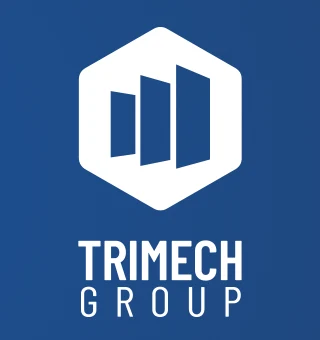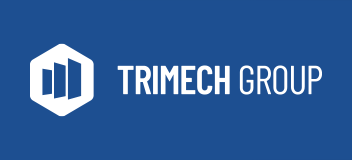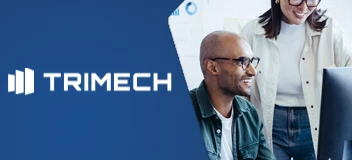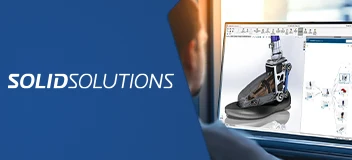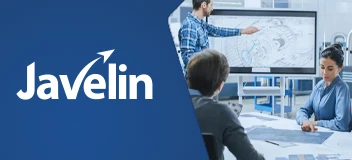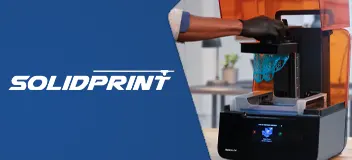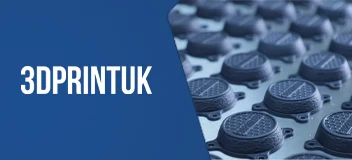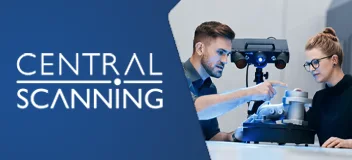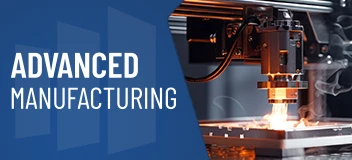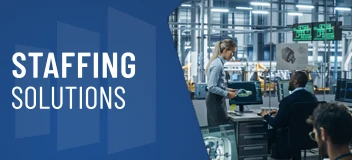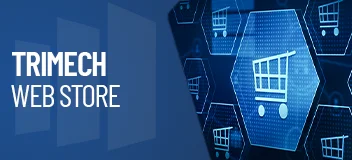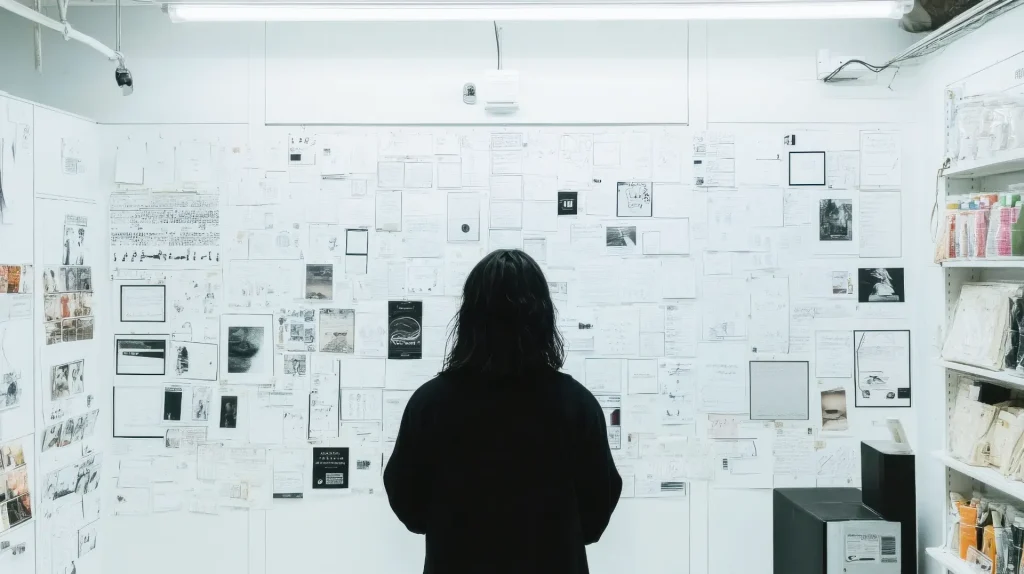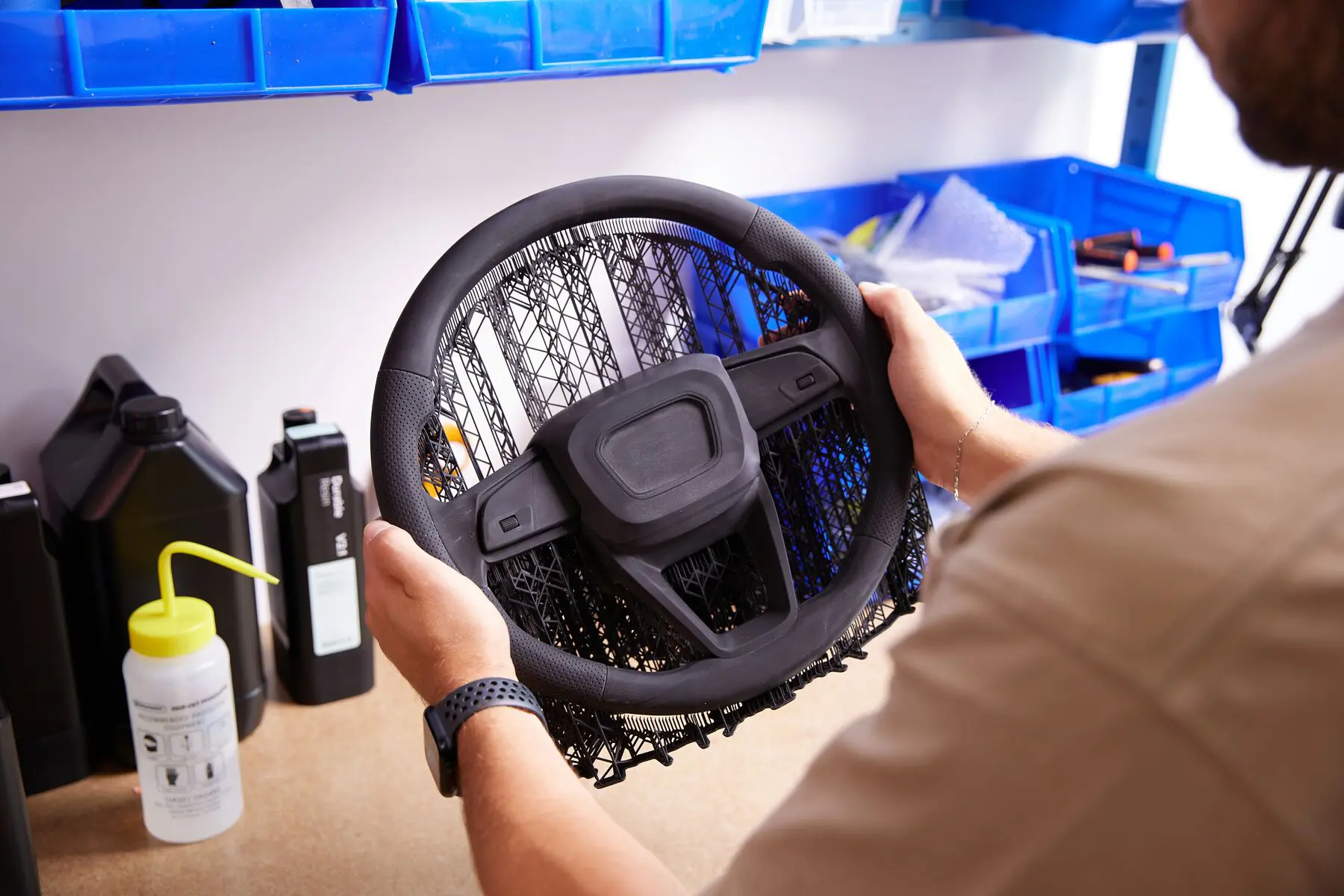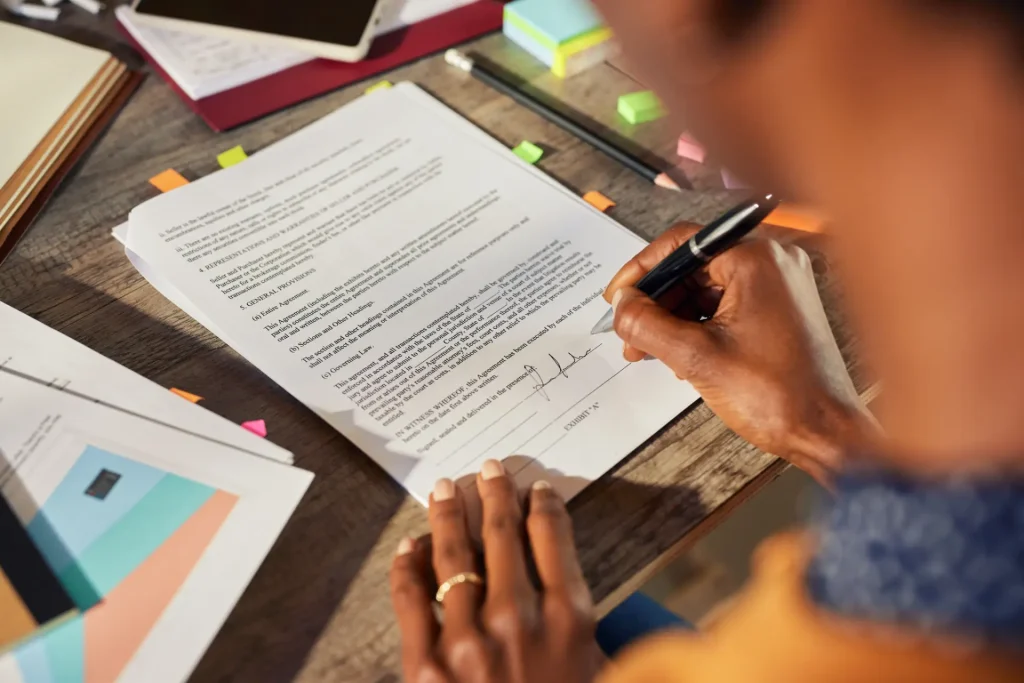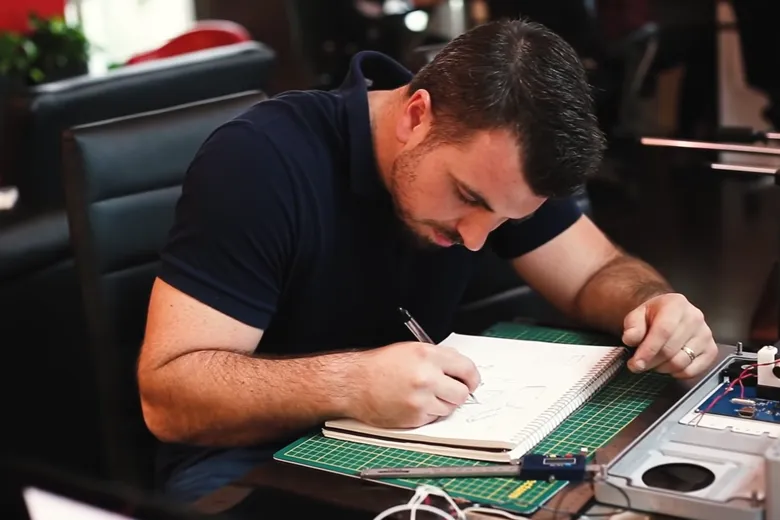7-Step Product Development Process Explained
Each industry, whether medical device or fashion, often has its own unique product development process. However, there are general principles and systematic frameworks for each industry to apply for new product development.
Understanding the 7 stages in the new product development process will elevate your ability to connect with the targeted audience, visualize a new product, complete the pre-production groundwork, guide the launch, and leverage consumer feedback.
Key Takeaways
- The new product development process involves ideation, research, planning, prototyping, funding, product launch, and marketing.
New product development is guided by the desire to provide a solution to a problem. - Product validation involves market research and user research.
- After research, you start planning for a comprehensive roadmap that includes product vision, strategy, functionality requirements, etc.
- MVP is often used in the prototyping stage, which could benefit by working with a product development firm.
- For launching a product, you can either choose soft, minimal, or full-scale launch.
What is Product Development?
Product development or NPI (New Product Introduction) refers to the requisite preparatory processes inventors, startups, and manufacturers must conduct to create a product and successfully launch it into the market. Alternatively, the product development process can also be used for redeveloping a product that has already been conceived but requires modification to remain useful.
Many industries use the product development phases in their respective specializations. This includes engineering, manufacturing, product marketing, and so much more!
Why is product development process important?
The product development process is like a storybook. It could encompass just the opening chapters of your new product business or take you all the way to the climax and is filled with riveting developments and trials. The way each chapter is structured must take into account what is to come, and it is incredibly important for the protagonist – you – to achieve their objectives well enough to ensure a happy ending.
Like every noble hero, the protagonist should never take any shortcuts in their journey! Unlike a storybook, we don’t want to encounter any unexpected twists and turns down the road.
Thus, it is essential that you carefully polish your overall product concept, research and analyze as many considerations as you can, and conduct rigorous testing as many times as necessary to maximize the success of your product’s launch and its ability to flourish in the market.
If you would like to learn more about the 7 stages in the new product development process and the in-depth details of each phase, keep reading!
The 7 Stages of New Product Development Process
The general frameworks of the process include these 7 stages:
Stage 1: Ideation
New product development starts with and is often guided by the desire to provide a solution to a problem that is currently happening in the market. Often, an idea for such a product can also stem from wanting to achieve some sort of elevation. For example, it can be motivated by goals such as:
- Substituting plastics with biodegradable materials.
- Combining the functions of a laptop into a smaller compact tablet.
- Adapting the design of a bag to be able to fit dividers for more space and organization.
- Modifying an extensive skincare line into a simpler routine.
- Providing another use for boxers, such as a line for women who want to feel more comfortable.
- Eliminating the cord on headphones.
- Developing a dog toy that has the capability of never being able to rip quickly.
Once you have your idea and a good idea of the solution it provides or the purpose it fulfills, you can start forming a product development process flowchart. This will help you explore other important facets of the industry your product will target and the features your product should have.
Stage 2: Research
Product Validation is the next step you need to complete and involves answering a series of questions that need to be solved through market research. It is an incredibly important step in the product development process.
First, you need to investigate if the product will circulate enough interest to gain profit and traction, as well as if there is already a product that features similar troubleshooting attributes. You can do this through a myriad of ways and tools such as:
- Employing artificial intelligence to better understand trends happening in that market.
- Developing online surveys or leveraging focus groups.
- Launching a crowdfunding campaign.
- Curating a soft launch marketing strategy.
- Attending networking events.
On top of that, it’s important to use platforms like Upvoty to collect instant feedback. These tools afford you the ability to form an organized space to receive user feedback and update consumers on the progress of your product throughout your journey.
Stage 3: Planning
Just like providing a preface in a novel, creating a roadmap can be advantageous when prepping for the first prototype. The main points you should comprehensively plan are the product vision, product strategy, material requirements, customer journey, markers, and metrics. You will also be able to break down goals, material for stakeholders, important functionality requirements for the consumers, and checkpoints to keep everyone in the loop while measuring all elements evenly.
Additionally, you can bring back earlier sketches and add details. For example, an elevated phone sketch may include finer details such as predicted dimensions and notes about material finishings. This is incredibly important to add as you can start forming an idea regarding retail prices and categorization.
You can contemplate deeper questions such as “Will my product be a sustainable invention?” or “Will my product need sensitive formulas?” Remember to also consider what your packaging and labels will look like as well.
Stage 4: Prototype
The prototype phase’s primary role is to form a complete product that can assist in sampling for the mass production phase. Prototyping often requires experimenting with different versions of the product. The prototypes will assist in ruling out various options that don’t meet your standards and identifying features that need to be tweaked, removed or replaced.
Additionally, you can also perform testing an MVP, minimum viable product during this phase as well. The purpose of the MVP is to be able to showcase the functionality to clients early on and of course, implement their feedback during the product development process early on.
At this phase, it’s also incredibly important to consult or work with a product development firm like MAKO. We will be able to implement our expertise to ensure you will be given a successful end-to-end experience.
Notably, we use state-of-the-art 3D CAD technology to highlight aesthetics and utility, as well as full manufacturing top-of-the-line software such as SOLIDWORKS or Fusion360. This allows us to execute the design and engineering process smoothly and simplifies the transition to product manufacturing.
Stage 5: Funding
There are a few ways you can accumulate funding for your invention. This includes:
- Crowdfunding Platforms like Kickstart, Indiegogo, and Patreon
- Business Incubators
- Grants
However, at MAKO, we are a fee-for-service company. This means we only charge for the services provided, and clients keep 100% of the intellectual property. Each service has fermented the ability to create elite and modern-caliber products while executing quick and efficient designs on a smaller budget. We pride ourselves in the uniqueness of our approach, so you can keep worries and costs low.
Stage 6: Product Launch
When it comes to launching a product, there isn’t simply one way to do it. There are three different types of launches that need a little investigating during the stages of product development. This allows you to see which would be best for the product:
- Soft Launch: This common strategy is often used to release a product ahead of its actual launch schedule as a dry run or simply through B2B (Business To Business) for a smaller audience to take notice.
- Minimal Launch: In this case, minimal launches are employed for products that are on a smaller scale and or gradual adjustments within the product development phases. It is like your introduction to society.
- Full-scale Launch: For this sector, the target audience will be reached to its fullest capabilities. You will be executing each stage more meticulously.
Stage 7: Marketing
The last stage of product development process is marketing – which is right at our fingertips, literally, in this day and age. Your product and the product development process will really be able to optimize its potential through the amount of multi-channel engagement and publicity. This can include:
- Press Releases: It’s important to draft a press release announcing your product and including the unique solutions it will be bringing to your market. You can reach out to boutique and macroscale media outlets and or recruit a public relations consultant to really push potential leads further.
- Content Marketing: Through content marketing, you can strategize SEO blog posts, email newsletters, guest features, and so much more to encourage the daily flow of new and loyal audiences to your website and channels.
- Influencer Marketing: Collaborating with industry giants and trendsetters can be very rewarding in terms of building a following, as well as organic referrals. You can send out PR packages, host synergetic giveaways, campaigns for brand ambassadors, and more.
- Launch Events: There are a few types of launch events that you can host. It can be your own in-store event, a partnership with a local space, or even virtually through a live streaming platform.
The Product Development Process: Frequently Asked Questions
What are the product development phases?
There are 7 stages in the new product development process: ideation, research, planning, prototyping, funding, product launch, and marketing.
How can I get a product developed?
First and foremost, it’s crucial to work with a top-calibre team like TriMech Design Solutions throughout all stages of product development. Our design team is comprised of mid to senior-level designers with experience working for Fortune 500 product companies, including Dell, Nike, Bose, and Boeing.
Is it expensive to go through the product development process?
Here at MAKO, our clients are always guaranteed to receive a high-quality product that surpasses modern standards at a low cost – not to mention a quicker turnover and a strong alliance between all stakeholders. This has ultimately allowed us to stay at the top of the industry and create award-winning products for inventors, startups, and small businesses alike.
Interested in Product Development Services?
As the product development process comes to an end and your next chapter begins, it’s important to reflect on each of the 7 stages in the new product development process you completed – even after launch – to ensure you are en route to achieving your goals.
If you are considering outsourcing your product development projects to a team with expertise and experience, contact TriMech Design and talk to our experts.
Have a Product Idea?
Discover our product development services tailored to startups, small manufacturers, and inventors.
Design Newsletter
Get the latest news curated for designers, makers and inventors.
Product Design Experts related to this content:
Discover our team of designers, engineers, project managers, and problem-solvers.
David Brown, Industrial Designer
David Brown, P.Eng., is an industrial designer and licensed engineer with experience in manufacturing software, luxury retail fixtures, and consumer product design.
Wade Harmidy, Manager, Product Development
Wade Harmidy is an experienced operations and project management professional with over 10 years in manufacturing and pharmaceutical sectors
More from our Blog
Top Prototyping Tips for your Invention or Product Idea
Check out our recent prototyping tips from the TriMech Design Solutions team that are perfect for your invention or new product idea!
What is an Inventor NDA and why you need one prior to an Invention Consultation
In this guide you will learn the importance of an Inventor NDA, the meaning of a Non Disclosure Agreement, and how to file a breach.
Product Validation: 5 Questions to Validate My Product Idea
Here are the five product validation questions you need to answer to help determine if there's a need for your idea in the current market.
Need help with your Product Idea?
Tell us about your invention or product design idea and get the help you need design, build and bring it to market
